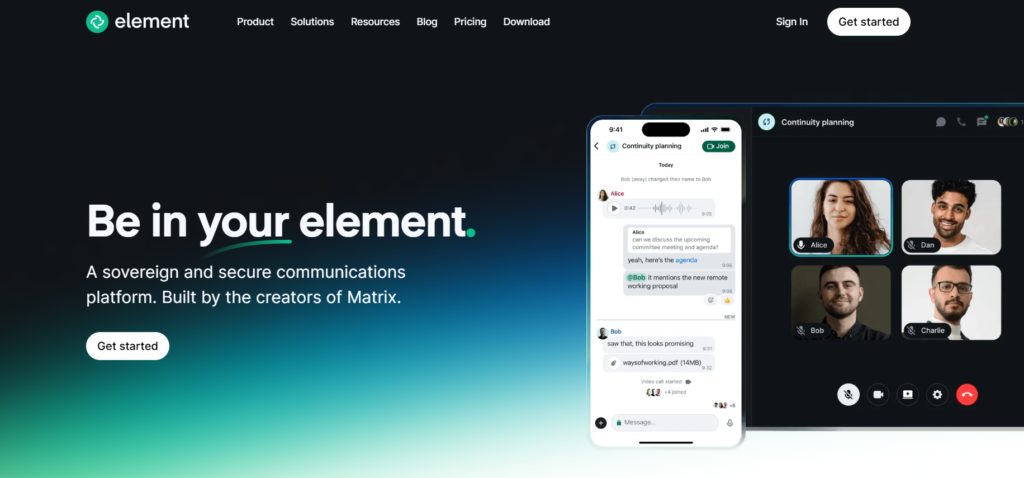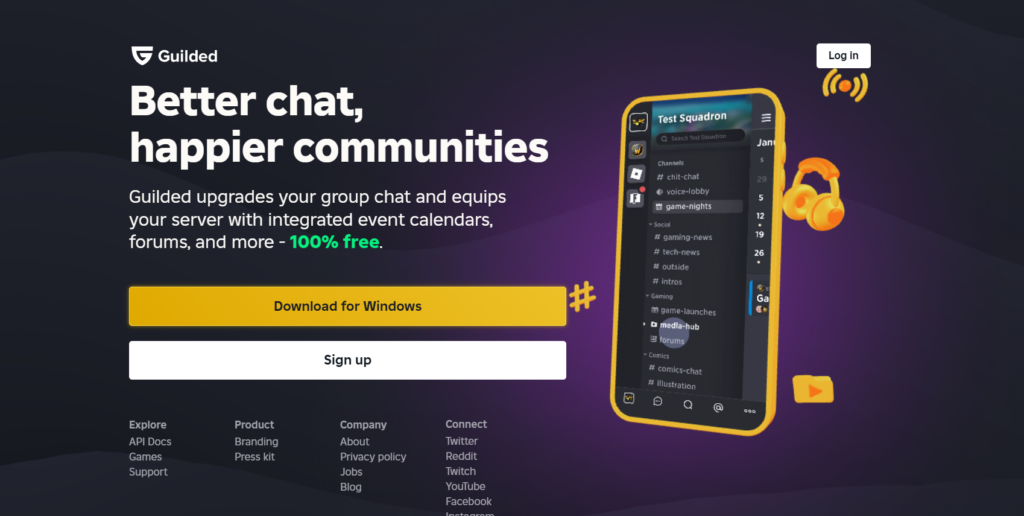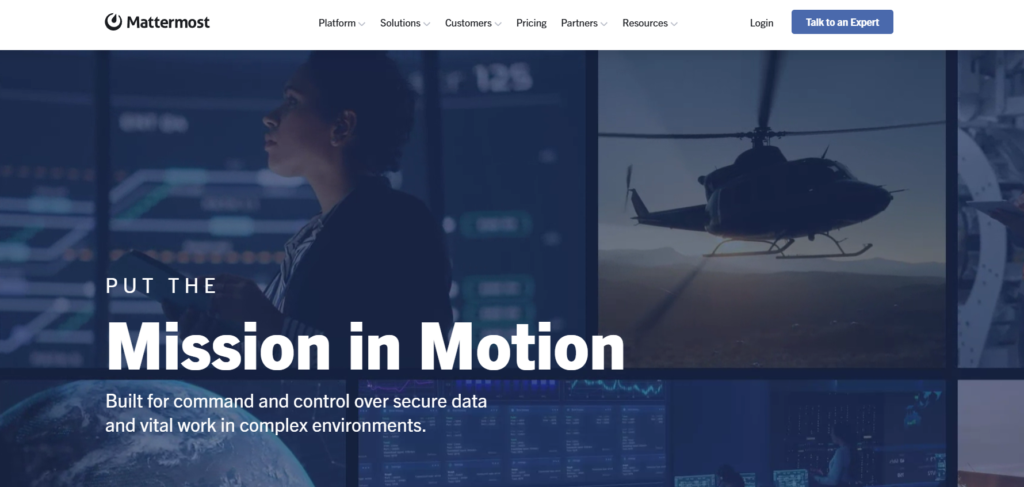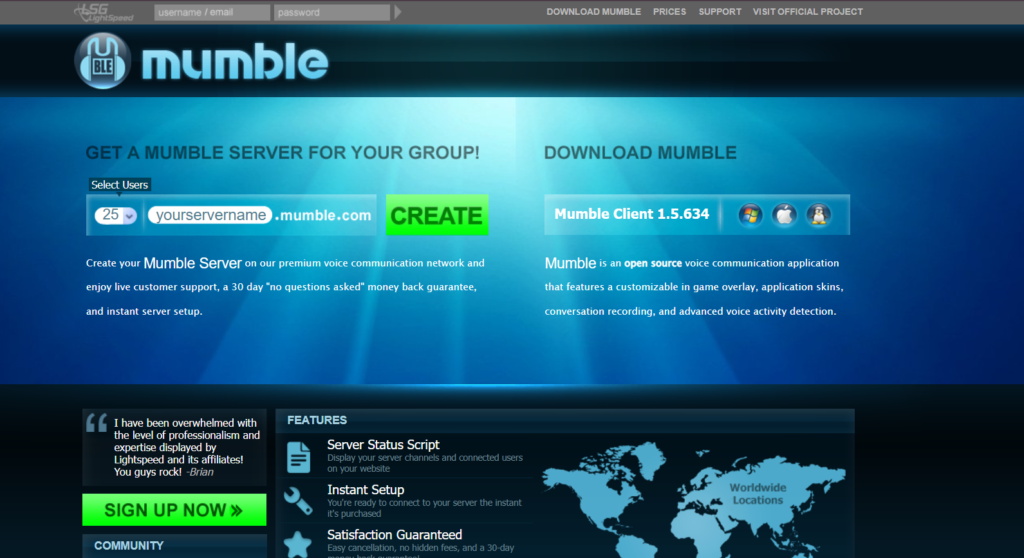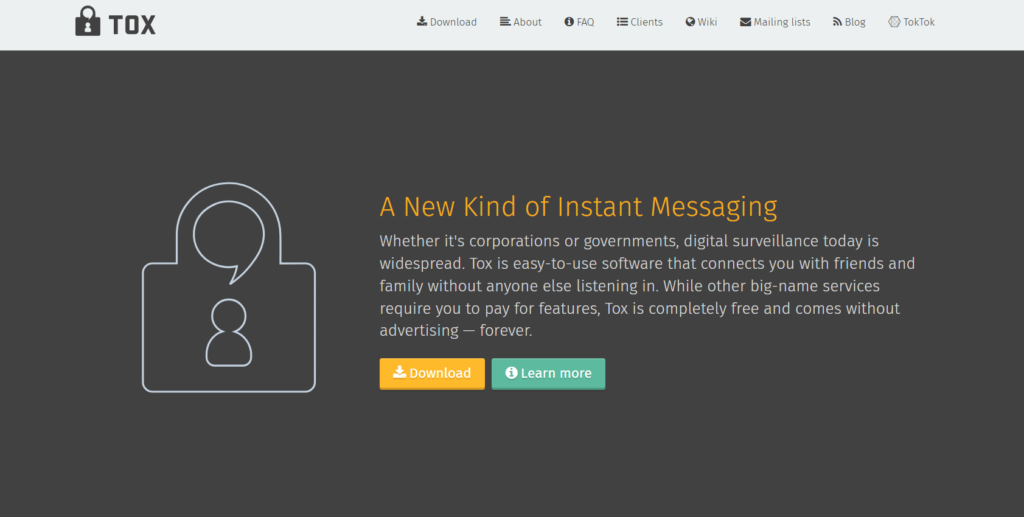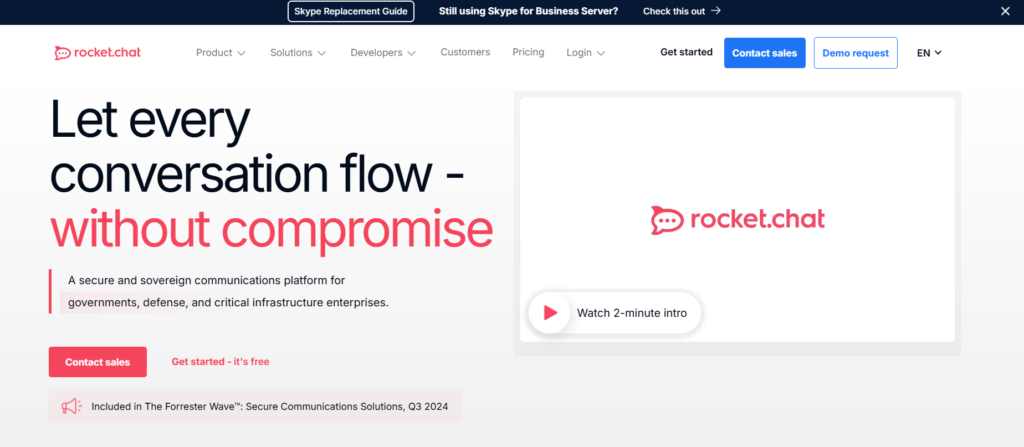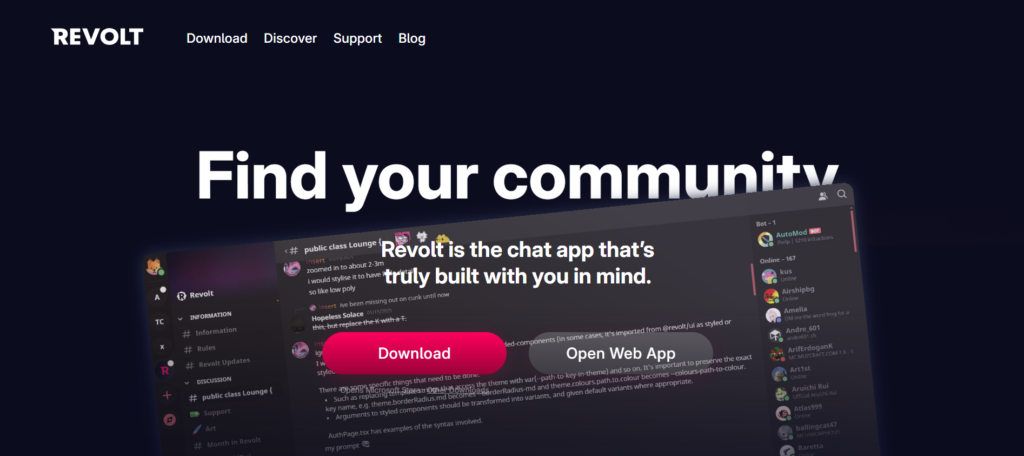In an era dominated by digital communication channels, many predicted the demise of cold calling. Yet, this traditional outreach method hasn’t disappeared it has transformed dramatically. Today’s cold calling isn’t about random dialing and scripted pitches; it’s a sophisticated, data-informed strategy powered by innovative software solutions.
Modern sales professionals operate in an environment characterized by information saturation, diminishing attention spans, and increasing prospect skepticism. These challenges have catalyzed the development of intelligent cold calling platforms that turn traditional limitations into strategic advantages.
The cold calling software market has expanded significantly in recent years, with solutions now available for every industry vertical, team configuration, and budget requirement. These platforms don’t merely facilitate calls they provide comprehensive ecosystems that optimize every aspect of the outreach process.
Why Cold Calling Software Matters More Than Ever
Despite the rise of email, social selling, and chatbots, voice conversations remain uniquely powerful for building trust and addressing complex sales objections. Consider these statistics:
- According to recent industry research, prospects who engage in voice conversations convert at 30% higher rates than those who only interact through digital channels
- Sales teams using AI-enhanced calling tools report 25% higher connection rates and 40% more meetings booked
- 67% of buyers prefer discussing solutions via phone when evaluating complex B2B purchases
The differentiator today is how these conversations are initiated, managed, and optimized through technology. Modern cold calling software creates efficiency through automation while preserving the human connection that drives sales success. Part of maintaining that efficiency includes addressing common issues like voicemail errors, so teams should regularly fix voicemail problems to ensure no prospect interaction is missed.
The platform serves diverse industries, including SaaS companies, real estate agencies, financial services firms, recruitment teams and cold calling companies through its versatile functionality.
Top Cold Calling Software Solutions for 2025
1. SmartReach.io: Comprehensive Cold Calling Ecosystem
Perfect for: Sales teams looking for an all-in-one solution that streamlines every aspect of the cold calling process.
SmartReach.io represents the evolution of cold calling software, a purpose-built platform specifically designed to move deals through your pipeline more efficiently. Unlike general telecommunications systems repurposed for sales, SmartReach.io addresses the unique challenges of cold outreach.
The platform serves diverse industries, including SaaS companies, real estate agencies, financial services firms, and recruitment teams through its versatile functionality. Its unlimited calling seat model makes it particularly attractive for growing organizations needing predictable pricing.
Core Features:
- Integrated B2B Lead Database – Access verified contact information with direct-dial numbers
- One-Click PowerDialer – Eliminate manual dialing with automated sequential calling
- AI-Powered Call Analysis – Get real-time sentiment analysis and objection identification
- Location-Based Caller ID – Boost answer rates with locally recognized numbers
- Live Coaching Interface – Enable managers to provide guidance during calls without detection
- Comprehensive Call Documentation – Record and transcribe interactions for training and compliance
- Global Number Provisioning – Establish local presence across international markets
- Native Sales CRM – Manage the entire sales process within a single platform
Standout Capability: SmartReach.io’s proprietary AI assistant listens to calls in real-time, providing representatives with recommended responses to objections and questions as they arise like having an experienced sales manager whispering guidance throughout every conversation.
Pricing: $39 monthly per calling seat with unlimited outreach capability.
2. 8×8: Enterprise-Grade Communication Platform
Perfect for: Large organizations with complex compliance requirements and international operations.
Trusted by industry leaders like Zoom and Robinhood, 8×8 delivers robust communication infrastructure for organizations with global reach. The platform eliminates international barriers with unlimited calling to 48+ countries while maintaining enterprise-level security standards.
Core Features:
- Unified Communication Hub – Integrate voice, video, and messaging in one platform
- Comprehensive Customer Engagement – Deploy omnichannel contact center capabilities
- Conversation Intelligence – Leverage AI-powered speech analysis for performance insights
- Global Connectivity – Access unlimited international calling across numerous countries
- Advanced Security Framework – Meet HIPAA, GDPR, and other regulatory requirements
Standout Capability: 8×8’s enterprise-grade security protocols include end-to-end encryption, role-based access controls, and comprehensive audit trails essential features for organizations in regulated industries making sensitive outreach calls.
Pricing: Plans beginning at $24 per user monthly (Enterprise pricing available through consultation)
3. JustCall: Remote-Optimized VoIP Platform
Perfect for: Distributed sales teams operating across multiple geographies.
JustCall specializes in cloud telephony engineered for today’s distributed workforce model. Organizations like GoDaddy and Grab rely on JustCall’s international capabilities, with virtual numbers available in over 70 countries.
Core Features:
- Global Connection Infrastructure – Establish worldwide team and customer communications
- Message Automation System – Implement SMS workflows and bulk outreach
- Intelligence-Driven Performance – Utilize AI scoring and analytical insights
- Calling Efficiency Tools – Deploy click-to-dial and auto-dialer functionality
- Comprehensive Documentation – Access recording and transcription services
Standout Capability: JustCall’s advanced call routing can distribute inbound and outbound calls based on representative expertise, time zones, language capabilities, and previous customer interactions ensuring prospects always speak with the most appropriate team member.
Pricing: Starting at $29 per user monthly
4. Dialpad: AI-Enhanced Communication System
Perfect for: Organizations prioritizing conversation intelligence and coaching capabilities.
Major brands including T-Mobile and Netflix utilize Dialpad’s AI-powered communication platform. The system excels at providing actionable insights from every conversation through sophisticated voice analysis.
Core Features:
- Channel Consolidation – Combine voice, video, and messaging systems
- Real-Time Conversation Assistance – Get live recommendations during calls
- Automated Documentation – Generate accurate conversation transcriptions
- Performance Intelligence – Access actionable communication insights
- Workflow Integration – Connect with Salesforce, HubSpot and similar platforms
Standout Capability: Dialpad’s proprietary AI can identify customer sentiment shifts during calls, alerting representatives when a conversation turns negative and suggesting recovery tactics based on successful historical interactions.
Pricing: Standard package begins at $27 monthly per user
5. Nextiva: Unified Business Communication Platform
Nextiva is the ideal solution for companies that need reliable, scalable communication with enterprise-grade uptime..
Major organizations including T-Mobile and Harley-Davidson rely on Nextiva for comprehensive business communication. The platform is renowned for its 99.999% uptime reliability critical for sales teams where missed connections mean lost revenue.
Core Features:
- Comprehensive Communication Suite – Unify voice, video, and messaging channels
- Advanced Call Management – Configure sophisticated routing with auto-attendants and IVR
- Business System Integration – Connect with major CRMs and business tools
- Performance Measurement Tools – Implement recording and analytics functions
- Enterprise Support Infrastructure – Access 24/7 technical assistance
Standout Capability: Nextiva’s patented NextOS platform provides a visual workflow builder that allows non-technical users to create sophisticated call routing and follow-up sequences without requiring IT department assistance. Those considering the platform often consult Nextiva reviews to better understand real-world performance and user experiences.
Pricing: Starting at $30 per user monthly
6. Orum: AI-Powered Parallel Dialing Platform
Perfect for: High-volume outbound teams focused on maximizing conversation opportunities.
Orum’s innovative approach to cold calling focuses on solving the fundamental challenge: connecting with decision-makers efficiently. Its AI-powered parallel dialing technology enables representatives to call multiple prospects simultaneously, connecting them instantly when a live conversation opportunity arises.
Core Features:
- AI Parallel Dialing – Call multiple prospects simultaneously and connect with whoever answers
- Intelligent Filtering – Automatically bypass voicemails, gatekeepers, and disconnected numbers
- Live Call Coaching – Enable managers to listen, whisper, or join conversations
- Advanced Analytics – Track team performance with granular metrics
- Global Coverage – Make calls to 160+ countries with multi-language support
Standout Capability: Orum’s machine learning algorithms continuously improve detection accuracy for answering machines, IVR systems, and human voices increasing representative efficiency by ensuring they only engage with qualified conversation opportunities.
Pricing: Custom pricing based on team size and requirements.
7. Kixie: Intelligent Sales Engagement Platform
Perfect for: Inside sales teams focused on CRM-integrated calling workflows.
Kixie serves fast-growing teams across industries like healthcare, finance, and eCommerce. The platform specializes in tight CRM integration, ensuring every call automatically updates your existing sales data systems.
Core Features:
- PowerDialer – Automate outbound calling sequences
- AI Human Voice Detection – Skip automated systems and connect with decision-makers
- CRM Integrations – Sync with HubSpot, Salesforce, Pipedrive, and more
- Multi-Channel Communication – Engage prospects across voice and SMS
- Conversation Intelligence – Coach and optimize based on call analytics
- Local Presence Dialing – Increase answer rates with geographically appropriate numbers
Standout Capability: Kixie’s click-to-call browser extension works across any web application, allowing representatives to initiate calls directly from LinkedIn profiles, company websites, or any digital platform where they discover prospect information.
Pricing: Starts at $35 per user per month
8. Voiptime Cloud: Intelligent Outbound Calling Platform
Perfect for: Call centers and high-volume sales operations.
Voiptime Cloud specializes in advanced outbound call management for sales-focused organizations. With particular strength in predictive dialing, lead distribution, and compliance management, it’s built specifically for teams making high volumes of outreach calls.
Core Features:
- Predictive Dialer – Automatically optimize call pacing to maximize representative talk time
- Flexible Dialing Modes – Choose between power, preview, and progressive dialing
- Comprehensive Lead Management – Import, segment, distribute, and track prospects
- Real-Time Supervision – Monitor calls and provide immediate coaching
- Performance Analytics – Track conversion metrics across representatives and campaigns
- Compliance Management – Automatically respect time zone restrictions and DNC lists
Standout Capability: Voiptime’s adaptive dialing algorithm continuously adjusts call pacing based on current answer rates, team capacity, and historical performance patterns ensuring representatives always have optimal call loads.
Pricing: Available on request; customized quotes based on team size and feature requirements
New Trend: The Rise of Vertical-Specific Cold Calling Solutions
A significant development in the cold calling software landscape is the emergence of industry-specific platforms designed to address unique sectoral challenges. These specialized solutions go beyond generic calling functionality to incorporate domain-specific knowledge and workflows.
Real Estate Calling Platforms
Real estate professionals benefit from platforms like PropertyDialer, which integrates with MLS listings and property databases. These systems enable agents to automatically prioritize calls to homeowners in high-potential neighborhoods and provide property valuation data during conversations.
Financial Services Solutions
For financial advisors and insurance sales, platforms like WealthConnect specialize in regulatory compliance, with built-in disclosures and mandatory recording for regulatory requirements. These systems also integrate with financial modeling tools to present investment scenarios during calls.
Healthcare Outreach Systems
Medical sales representatives and healthcare recruiters increasingly use HIPAA-compliant systems like MedicalReach, which incorporate terminology databases and integration with electronic medical record systems for contextual conversations with healthcare professionals.
Key Selection Criteria: Finding Your Ideal Solution
Selecting the right cold calling software requires balancing multiple factors specific to your organization’s needs:
1. Integration Capabilities
The most sophisticated calling platform provides limited value if it operates in isolation. Prioritize solutions that seamlessly connect with your:
- Customer Relationship Management (CRM) system
- Marketing automation platform
- Email communication tools
- Calendar scheduling software
- Business intelligence analytics
Modern sales workflows demand frictionless data movement between systems to provide representatives with complete prospect context during conversations.
2. Scalability Considerations
Evaluate platforms not just based on current needs but future growth plans:
- Can the system accommodate your projected team expansion?
- Does pricing scale reasonably with increased usage?
- Are enterprise features available when needed?
- What limitations exist regarding concurrent calls or data storage?
The cost of switching platforms mid-growth can be substantial, making scalability a critical early consideration.
3. Analytics Depth
Basic call metrics like duration and connection rates provide limited value. Look for platforms offering:
- Conversation sentiment analysis
- Speech pattern identification
- Keyword and phrase tracking
- Competitive mention alerts
- Objection categorization
- Closing technique effectiveness
Advanced analytics transforms calling data from basic activity metrics into strategic insights that improve conversion rates.
4. User Experience Impact
Representative adoption determines implementation success. Evaluate:
- Interface intuitiveness
- Training requirements
- Mobile accessibility
- Customization options
- Task automation capabilities
The most feature-rich platform delivers no value if representatives find it cumbersome or complicated.
5. Customer Experience Considerations
Remember that prospects experience your calling system too. Consider:
- Call clarity and connection quality
- Transfer and routing smoothness
- Hold music and messaging professionalism
- Voicemail and follow-up integration
- Local presence and caller ID management
Every technical element affects how prospects perceive your organization during that critical first conversation.
Implementation Best Practices: Maximizing Your Investment
Successful cold calling software deployment requires more than selecting the right platform. Consider these implementation strategies to ensure maximum return on investment:
Phased Rollout Approach
Rather than overwhelming your team with complete system changes, consider introducing functionality in strategic phases:
- Core calling capability and basic integrations
- Advanced analytics and coaching features
- Automation and workflow enhancements
- AI-powered capabilities and specialized tools
This graduated approach allows representatives to build confidence with fundamental capabilities before incorporating more sophisticated features.
Comprehensive Training Program
Technology effectiveness correlates directly with proper utilization. Develop training that goes beyond basic functionality to include:
- Platform-specific best practices
- Call workflow optimization
- Data entry and management standards
- Compliance and recording protocols
- Performance metric interpretation
Consider certification programs that validate representative proficiency before granting access to advanced features.
Continuous Optimization Framework
Cold calling software value compounds with systematic refinement. Implement a regular review cycle focusing on:
- Script effectiveness compared against recorded outcomes
- Representative performance variation analysis
- Technical integration efficiency assessment
- Call conversion funnel identification
- Feature utilization and adoption measurement
Monthly optimization meetings using platform data create accountability for continuous improvement.
The Future of Cold Calling Technology
As we look beyond 2025, several emerging technologies will further transform cold calling capabilities:
Voice Emotion AI
Advanced voice analysis will move beyond simple sentiment detection to identify specific emotional states like confusion, interest, frustration, or enthusiasm enabling representatives to adapt conversation approaches in real-time based on emotional cues.
Augmented Reality Interfaces
AR-enhanced calling interfaces will display contextual information in representatives’ visual field during conversations, providing everything from social media profiles to conversation guidance without requiring screen focus.
Digital Twin Simulation
AI-powered conversation simulators will allow representatives to practice specific scenarios with digital prospect twins before attempting real calls, accelerating skill development through iterative practice.
Predictive Opportunity Scoring
Machine learning algorithms will continuously analyze thousands of variables to identify which prospects are most likely to convert on any given day, optimizing calling sequences beyond basic demographic or firmographic data.
Ambient Communication Interfaces
Voice-first interfaces will enable representatives to manage calls, access information, and update records through natural language commands, eliminating the distraction of manual system navigation during conversations.
Conclusion: From Cold Calls to Strategic Conversations
The evolution of cold calling software represents a fundamental transformation in sales methodology. What was once considered an interruptive, volume-based activity has become a sophisticated, strategic approach to initiating valuable business relationships.
Today’s intelligent platforms do more than connect calls they enable representatives to engage prospects with unprecedented context, confidence, and capability. The right solution doesn’t just facilitate more conversations; it creates more meaningful interactions that build relationships and drive revenue.
For organizations seeking comprehensive functionality with intuitive usability, SmartReach.io offers particularly compelling value through its integrated approach to the entire cold calling workflow. Its combination of lead sourcing, intelligent dialing, conversation intelligence, and native CRM capabilities eliminates the need for multiple disconnected tools while providing the analytics necessary to continuously refine strategy.
By thoroughly evaluating your team’s specific requirements against the capabilities of today’s leading platforms, you’ll identify the solution that transforms cold outreach from a necessary task into a strategic advantage one conversation at a time.













